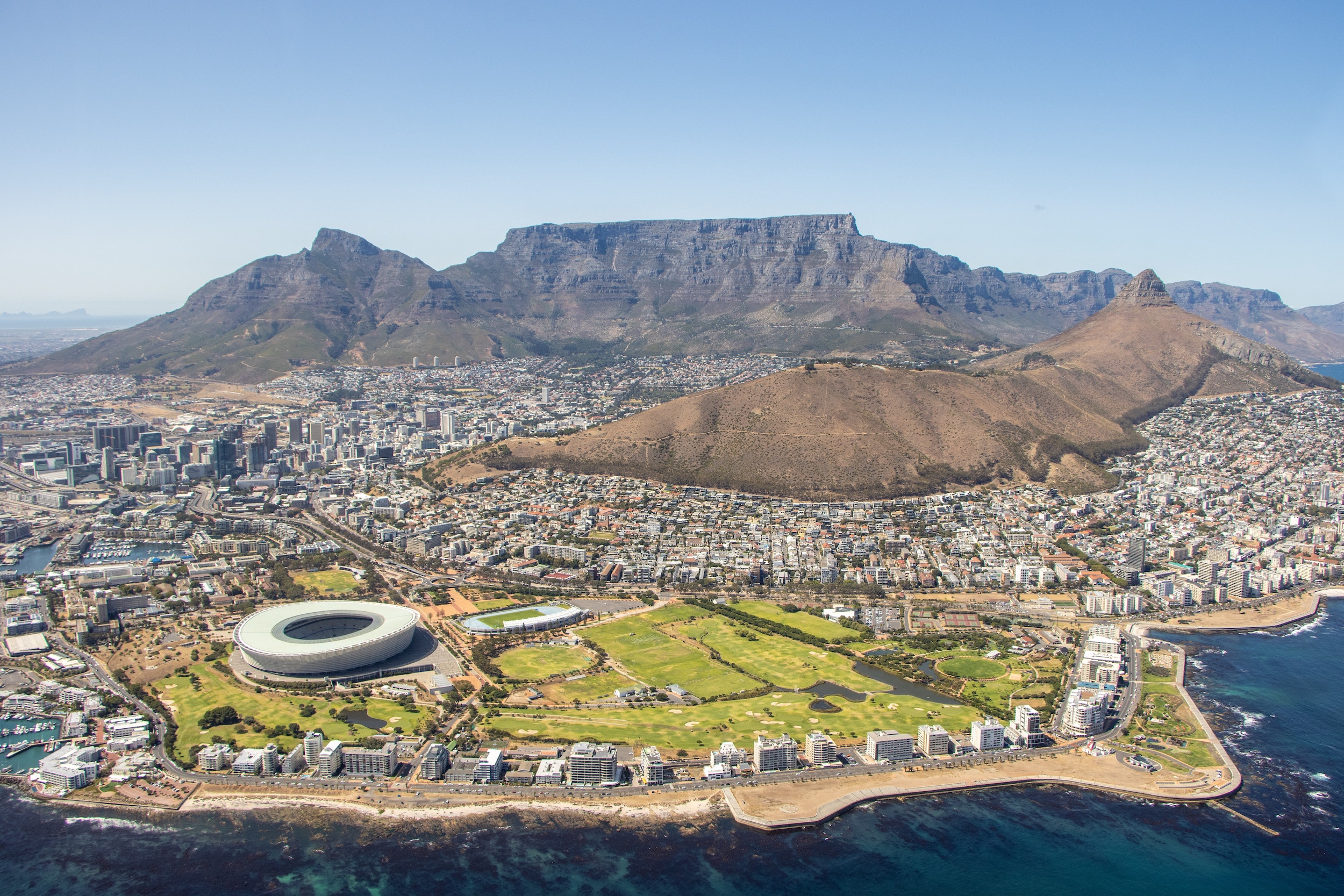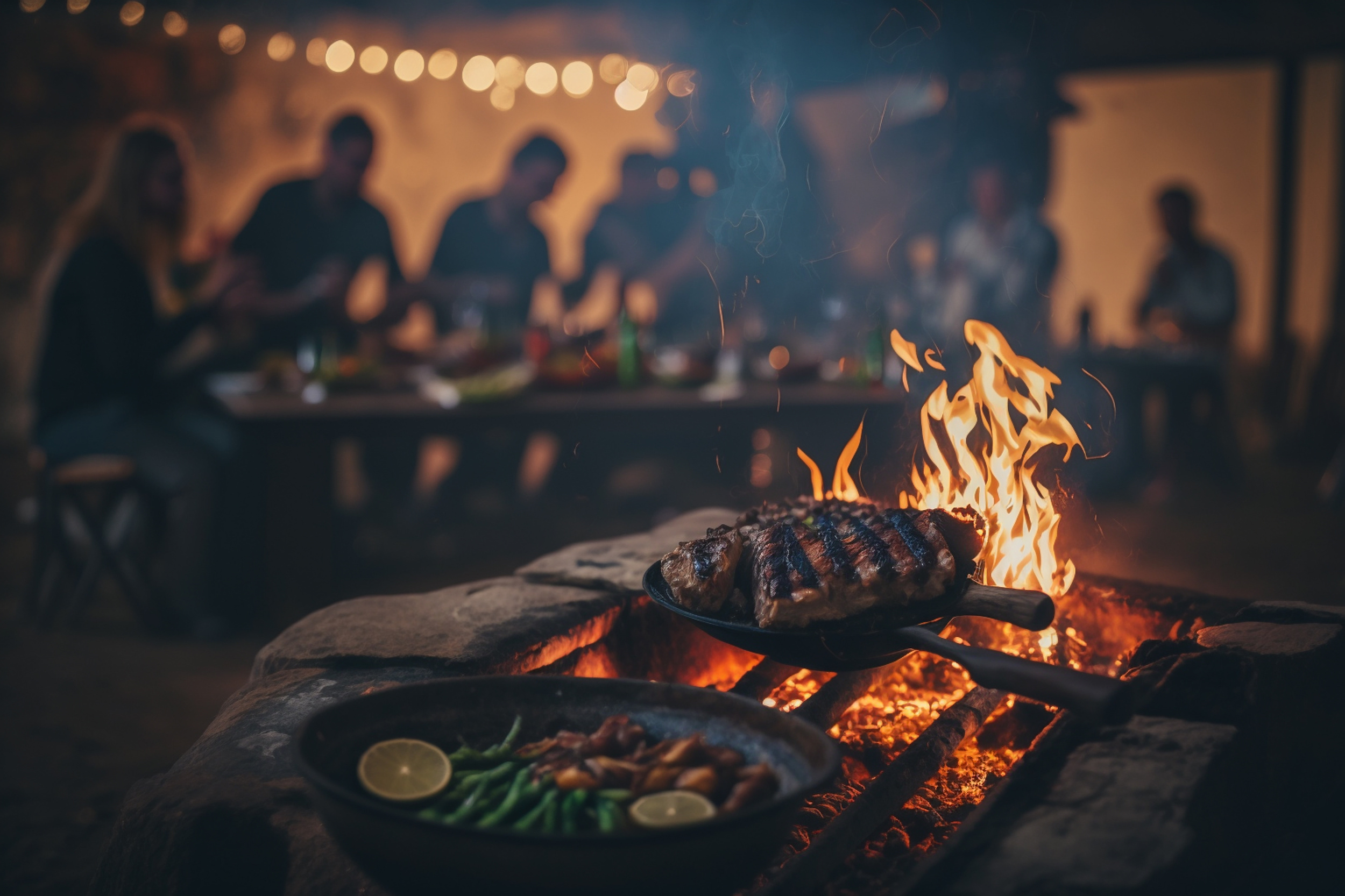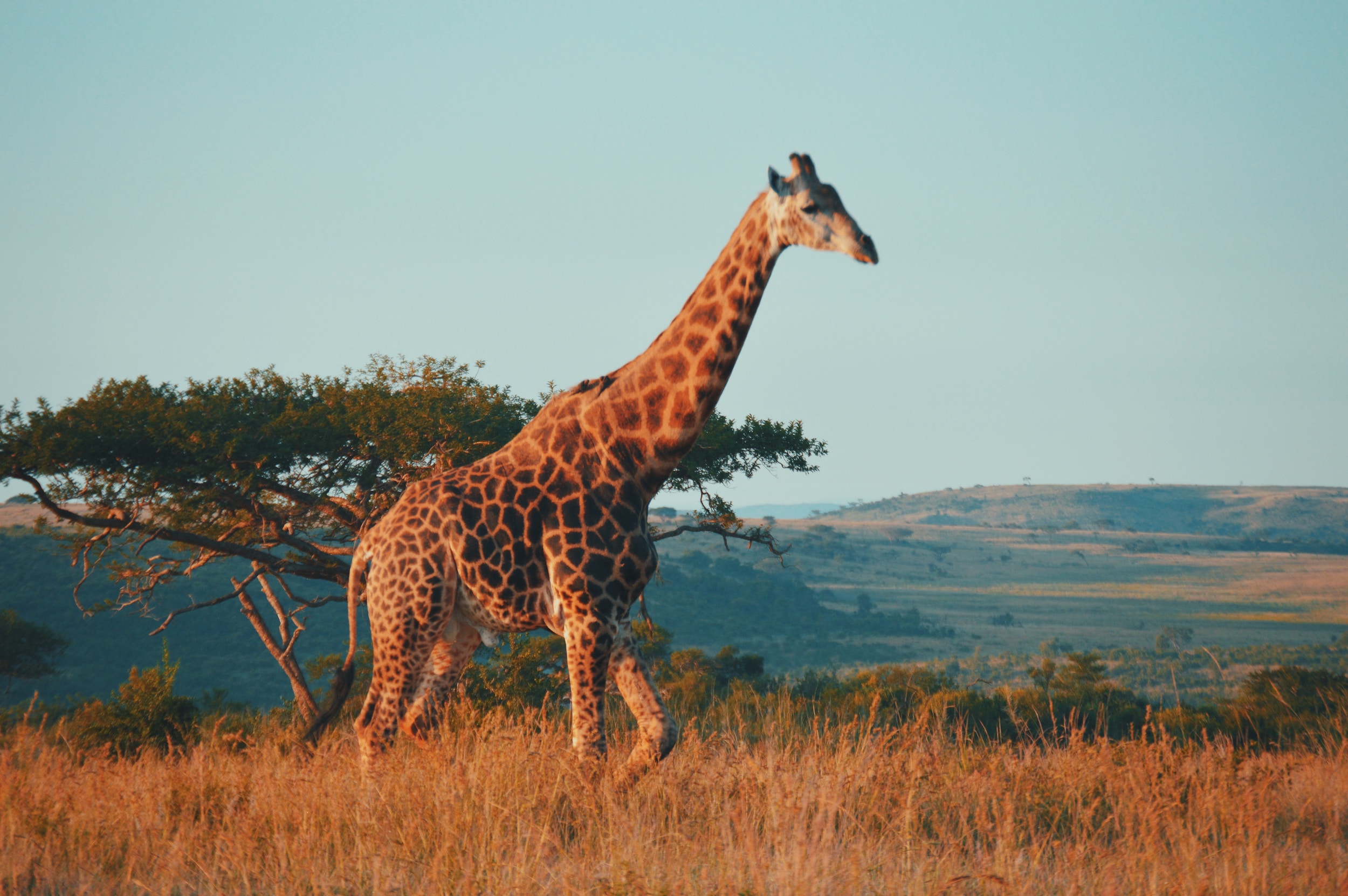South Africa
Destination Guide
Go wild in South Africa and discover a country of astonishing diversity
South Africa has eleven official languages and is known as the "Rainbow Nation" due to its multicultural society.
Afrikaans, Zulu, and Sotho are some of the most prevalent languages spoken in South Africa. However, English is widely used in public and business life, making travel in South Africa a breeze for English speakers. South Africa boasts the largest economy in Africa and the 28th largest in the world. It is home to three capital cities – Pretoria (executive), Bloemfontein (judicial) and Cape Town (legislative).
Adventure awaits in the southernmost region of Africa with its diverse landscapes and wild side of nature. From the thrill of the desert to the mystery of the scrubland, the majesty of the mountains to the colliding oceans, South Africa is a haven for the adventurous. This exotic destination offers a variety of experiences, including unique safari trips, hikes up Table Mountain, and world-class waves to surf.
Entry to South Africa is straightforward for Brits. UK passport holders do not require a visa and can stay up to 90 days. Ensure your passport is valid for 30 days beyond your trip end date, and you have two blank pages.

Currency
South African Rand
Capital
Cape Town, Bloemfontein and Pretoria
Electricity
Three-pin electrical adaptor
Driving
On the left

South African cuisine is known for its meaty BBQs, blending Eastern spices with European dishes.
South Africans are particularly fond of making the most of their balmy climate with a braai (a barbecue). The outdoor lifestyle continues to influence how meals are cooked and served. A typical meal might include boerewors, spicy sausage, a chilled glass of South African wine, or a cooling Castle beer while sitting outside looking across the horizon.
Other meaty treats are in store, such as biltong (strips of dried meat in various flavours and types) or potjieko, a tasty slow-cooked meat and vegetable stew traditionally cooked on an open fire. Those with a sweet tooth should give melktert (milk tart) or koeksisters (sweet doughy treats) a whirl for desserts. If the traditional dishes don’t bowl you over, some restaurants serve Chinese, Indian, and more international dishes to cater for everyone.
Surrounded by oceans and a mountainous interior, South Africa is a patchwork of climates across the vast landscape.
South Africa is close to the equator. The Atlantic Ocean, the Indian Ocean, and the Southern Ocean wash upon the shores. Because of these factors, the country has a vast variety of climates.
The country’s southwest has a Mediterranean climate with wet winters, hot/dry summers, and a famously prevalent wind. Further eastwards on the south coast, the rainfall falls more often and is greener. The coldest place is Sutherland in the western Roggeveld Mountains; midwinter temperatures can plummet to as low as -15C. The other extreme is the deep interior; the hottest temperature recorded was 51.7C.
Choose lightweight clothes for summer, with the option of covering up when needed. Also, pack an umbrella or raincoat as most rain falls in summer. If you are in a malarial area, pack long-sleeved tops and trousers for the evenings. If you plan to enjoy a game-spotting safari, wear neutral clothes to blend into the surrounding scenery.
Winter is between May and August, and summer is from November to March. It is an attractive destination for sunseekers in the UK.


The standard of healthcare in South Africa is considered the best in Africa, especially in the urban and coastal areas.
The country has a variety of private and public hospitals, nursing homes, and clinics. Hospitals and doctors often require immediate payment for their services. Obtaining comprehensive travel insurance before travelling to South Africa to cover emergency medical bills is best.
Tap water is safe to drink. Specific health problems in South Africa include malaria, as the low altitude assists in the spread of this mosquito-borne disease. Anti-malaria tablets are available, and preventative measures are best to avoid insect bites. If you are currently taking prescription drugs, you can bring them with you into South Africa (plus a spare prescription), as you are allowed to bring in a month’s supply for your personal use. As a precaution, you could also bring a cover letter from your doctor. In common with other African countries, South Africa has suffered from a high number of people who have AIDS and HIV.
Where to go?
History and Culture
If you enjoyed the Michael Caine film Zulu, which depicts the battle of Rorke's Drift in 1879, part of the Anglo-Zulu war, you will relish visiting the battlefields of KwaZulu Natal. You can soak up the facts and the residual atmosphere on a guided battlefield tour or while visiting national monuments and museums dedicated to the area's conflicts.
For Kids and Teens
Head out on a safari and get the family to tick off a bucket list item. See 'The Big Five' (lion, leopard, elephant, rhino, and buffalo) plus lots more in their natural habitat, not just on the pages of a book or within the confines of a zoo. Look out for parks in child-friendly, malaria-free areas that provide up-close and personal activities.
Relaxation
For ultimate relaxation vibes, check out Great Brak. Located on the scenic Green Route, this small village is a relaxing haven of unspoilt beaches where you can swim in the calm waters. Try rock fishing or enjoy the peaceful views of whale watching in the correct season (between June and December).
Action
Its dramatic scenery lends itself to adventurous activities. You can choose an activity that appeals to the thrill-seeker in you, whether it is trekking to the top of Table Mountain (and not just taking the cable car!), taking on the world's highest bungee jump at Bloukrans Bridge, or taking on the formidable Zambezi by canoe.
Nightlife
You can experience lively nightlife in South Africa in Cape Town, Durban, Johannesburg, and Port Elizabeth. Port Elizabeth is renowned for its hospitality, including a warm welcome in the 'Friendly City'. From trendy restaurants to late-night bars and clubs, you'll feel welcome here.